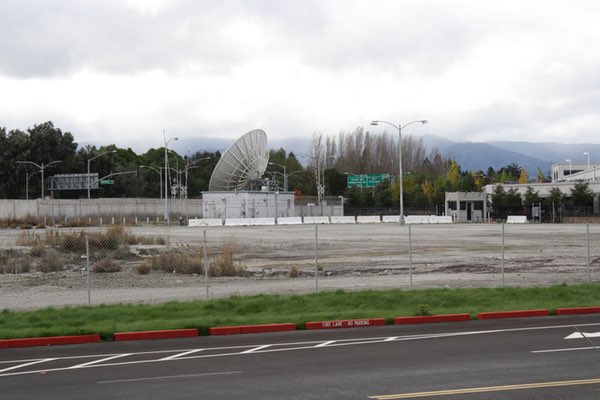Road-tripping to the birthplace of space reconnaissanceby Joseph T. Page II
|
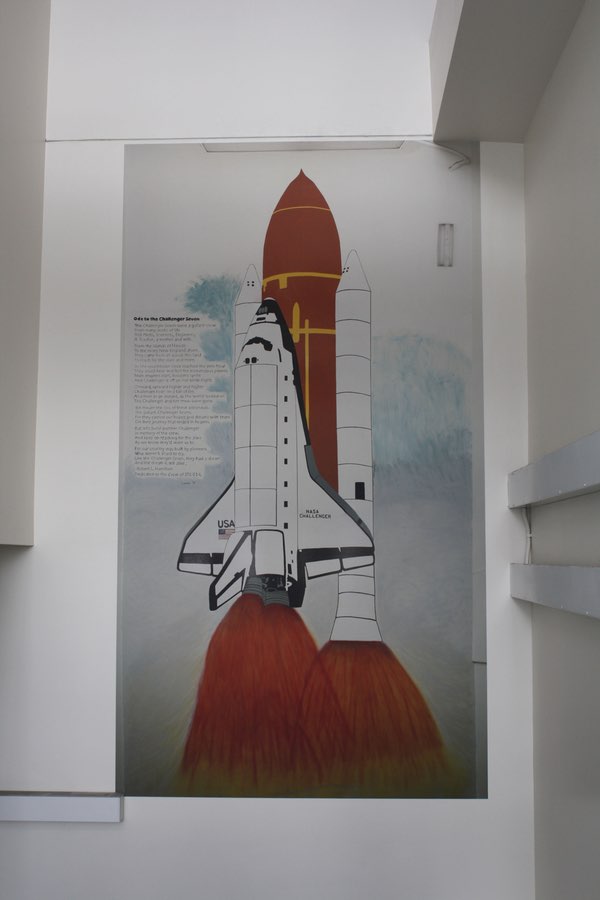 “Ode to the Challenger Seven” decorates one staircase. The previous military installation was renamed after Lt. Colonel Ellison Onizuka, the first Japanese-American in space, who lost his life on January 28, 1986 aboard the shuttle Challenger. (credit: J. Page) |
A space geek’s road trip
After writing the original article, I knew that a follow-up was demanded, if not by readers of this publication, then from the eight-year-old Air Force brat who called NAS Moffett Field home in the mid-1980s. The decades-long demolition and construction cycle literally destroyed any other sights at Moffett Field that I had interest in seeing. While a substantial amount of naval history is at the local Moffett Field Historical Society museum, there was a dearth of material about the Blue Cube. Through news clippings from local papers, I traced out the sometimes-tumultuous process of deciding how Onizuka’s acreage was going to be reused. Reuse ideas ranged from used car lots to a museum about space history, but in the end it was two local powerhouses, Foothill College and the Veterans Administration, that won out.
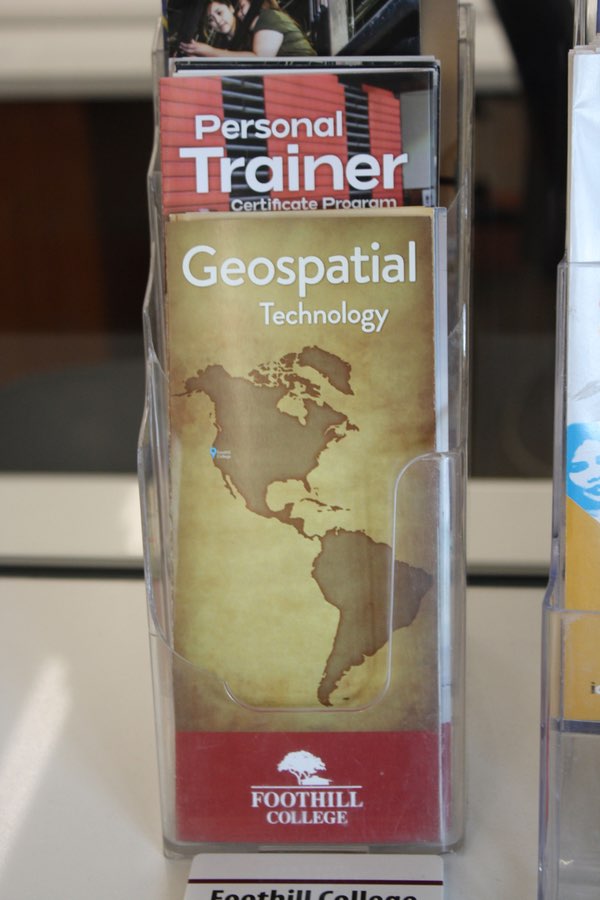 Apropos to the legacy that once called the acreage home, Foothill College’s curriculum includes a degree program in geospatial technology. (credit: J. Page) |
The land that previously held Onizuka AFS was sliced and diced and assigned to many organizations. A local community college, Foothill College, obtained nine acres of the 19-acre property. An architectural firm then built a multi-story, 50,000-square-foot state-of-the-art instructional facility. As part of the deal for the property, the college agreed to preserve the legacy of the installation’s history. Much to their credit, Foothill College has a short history of the base on its website. But what the college did inside and around the new building was, frankly, amazing.
If it’s me reading the signs (literally)…
The first noticeable feature of the Foothill College Sunnyvale Center is the large portion of the building that is painted blue. On the day of our visit, the striking blue paint offset the overcast skies above and overgrown tech skyscrapers in the distance. The path leading from the parking lot to the entrance had one of the best abstract (and concrete) connections to the Cube: embedded chunks of paint chips from Building 1003 are in the entrance walkway.
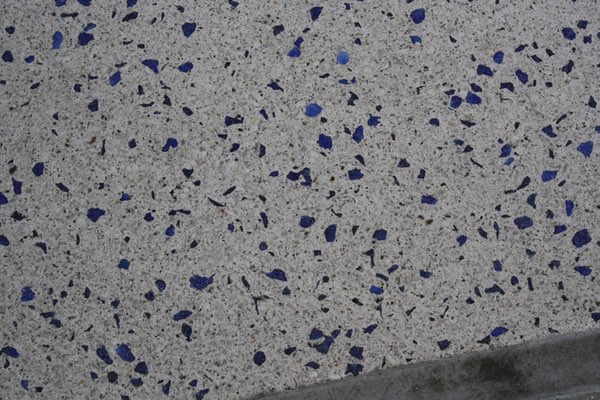 Flecks of blue paint and concrete from the remnants of Building 1003 are scattered throughout the front walkway to the Center’s entrance. (credit: J. Page) |
Immediately inside the building, the “The Onizuka Café” is readily seen to the right-hand side. I can’t comment on the snacks or coffee: there wasn’t anyone behind the counter as I wandered around. But within the shop were a few T-shirts with the Foothill College mascot, an owl.
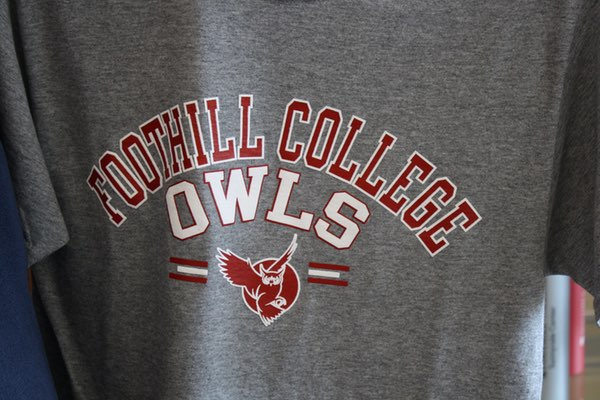 A photograph of a college pride shirt in the student store. Foothill College adopted the mascot of an owl. Whether this was by accident or design has not been determined. (credit: J. Page) |
Inside one of the staircases is the best memorial I can imagine to the legacy of the Blue Cube. When Onizuka AFS was decommissioned in 2010, then-current and past employees signed the wall around a very distinct owl mural and noted the dates they worked at the station. The owl and its motto “We Own The Night” are described in an article by Dwayne Day and Roger Guillemette (see “Secrets and signs,” The Space Review, January 7, 2008), so I will not go into detail here. Foothill College’s brochure on the building states that the owl is “a symbol of the men and women who worked here to protect our nation and its citizens. The mural was housed in the MCC9 – Mission Control Center.”
 The author stands in front of one of two murals dedicated to the legacy of Onizuka Air Force Station. Hundreds of signatures from workers at Onizuka cover the mural, with some dates stretching back to the 1970s. The “Owl Eyes” t-shirt was completely coincidental. (credit: J. Page) |
The second stairwell contains a reproduction of a mural dedicated to the Challenger crew, who lost their lives in 1986. While the original was inside the previous facility, Foothill College personnel toured Onizuka AFS before demolition, to document details like this to include in the educational center. I was happy to see this mural on the wall. While the Owl mural has personal meaning to those “in the know,” the Challenger accident was a tragedy for all Americans, not just those in the space program. Students young and old will traverse these stairs and see that lasting memory to the brave crew of Challenger.
| Inside one of the staircases is the best memorial I can imagine to the legacy of the Blue Cube. |
The final piece of the historic puzzle inside Sunnyvale Center is to the immediate left when entering, right across from the Onizuka Café. A small glass case contains artifacts from the decades of Sunnyvale/Onizuka AFS. Patches, badges, photos, and even a “red phone” used for internal building communications resides in the case. A large annotated satellite image (imagine the irony there) of the entire installation resides on a tripod adjacent to the glass case.
Last remaining infrastructure
To avoid being seen as a stalker or creepy guy wandering around the campus, I cut the visit short to 30 minutes. Outside, I recognized the structure of Building 1002, used at various times as administration offices for the installation. The building was handed over the Veterans Administration for conversion (after being “earth-quake proofed”) as a research center. A very nice (and anonymous!) foreman allowed me quick access inside the construction fence line to photograph the tile mosaic stating “Gateway to the Stars.” I could recognize DSP, the Shuttle, and a few other space systems within the intricate design. The foreman did not know if the mural will remain after the VA construction is complete. I hope it does.
Aside from Building 1002, there remains one last piece of evidence that other activities were afoot. The concrete pedestals for the enormous antenna dishes, colloquially named “Sun East” and “Sun West,” still remain. In my excitement, I neglected to look for archaeological ruins outside of the scope of the buildings remaining. As we drove out of the parking lot, I saw the concrete and literally leapt out of the moving car to get pictures over the fence. One satellite dish remains in the far end of the parking lot, its purpose unknown to me.
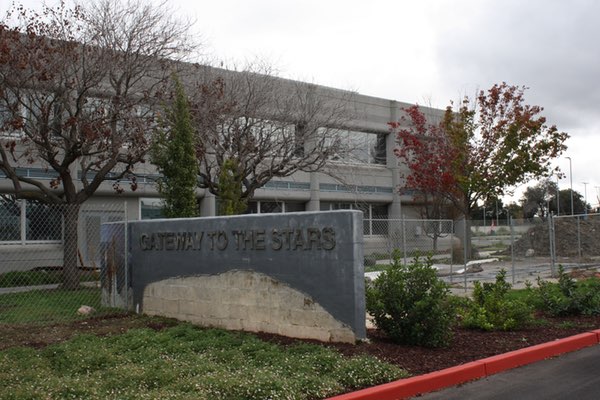 Building 1002, a 50,000-square-foot office building built in 1964, remains as a future building for the Veterans Administration. The welcome sign still displays the 21st Space Operations Squadron motto, “Gateway to the Stars.” (credit: J. Page) |
Stewards of a storied legacy
I must commend Foothill College for obtaining artifacts from the base’s heyday, not just pieces of the last 15 or 20 years. Whether by edict or self-motivation, the staff did a wonderful job of identifying 20 key items about the base’s operations. While some ex-Sunnyvale employees lobbied early on to turn the Blue Cube into a museum, the logistics and management of such an endeavor were untenable, especially when one considers a large portion of the center’s mission was still classified at the time.
I think what physically remains of Onizuka AFS and the Blue Cube is in good hands with the Foothill College Sunnyvale Center. The memories and anecdotes of the place are, as they say, “another story for another time.”
